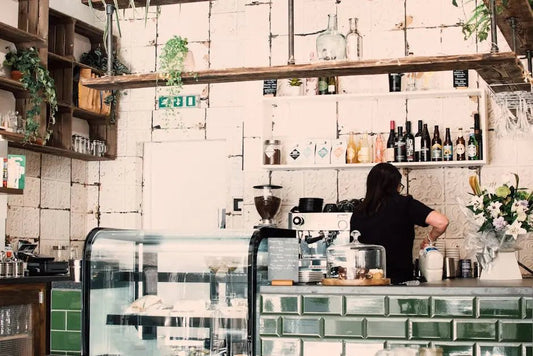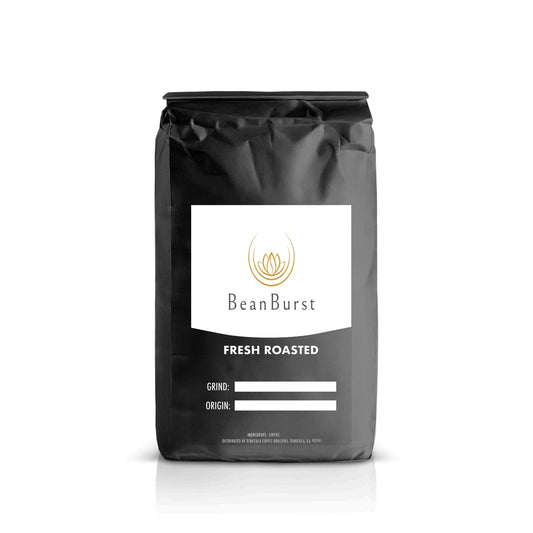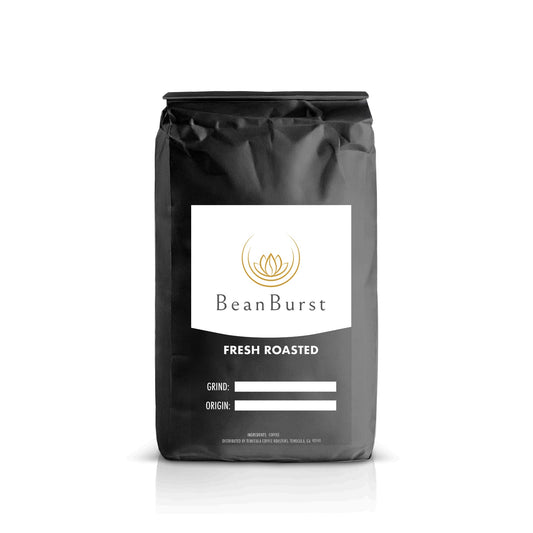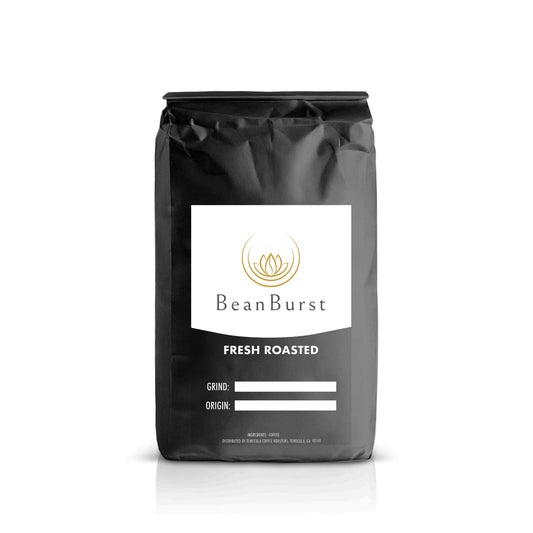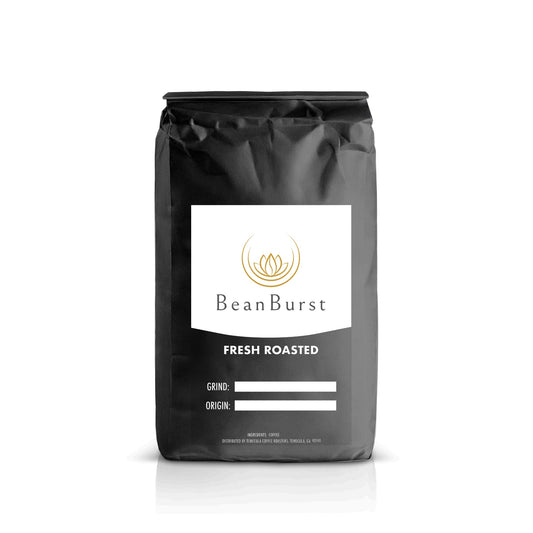Single origin coffee offers coffee enthusiasts a unique and flavorful experience that reflects the distinct characteristics of its origin. In this blog, we’ll explore the fascinating journey of single origin coffee, from the moment the bean is harvested to the perfect brew in your cup. Whether you’re new to the world of coffee or a seasoned connoisseur, understanding this journey can deepen your appreciation for each sip.
What is Single Origin Coffee?
Single origin coffee refers to coffee sourced from a specific location, whether it’s a single farm, a cooperative, or even a region within a country. This uniqueness adds to the flavor profile, allowing for a more distinctive tasting experience.
Why does this matter? Well, the flavors of single origin coffee can tell you a story. For instance, a coffee from Ethiopia might have fruity and floral notes, while a Colombian coffee may present chocolatey and nutty undertones. Understanding where your coffee comes from can enhance not only your appreciation but also your enjoyment with each sip.
Moreover, single origin coffees often prioritize quality over quantity. Farmers who grow single origin beans tend to focus on cultivating the best possible crop. This dedication results in exceptional beans that reflect the unique terroir of their origin.
Growing the Beans: The Cultivation Process
From the altitude of the farm to the climate conditions, many factors influence the flavor of single origin coffee. This section explores how farmers cultivate coffee beans, focusing on organic and sustainable farming practices.
The cultivation of single origin coffee is an art form steeped in tradition. For example, beans grown at higher elevations often benefit from cooler temperatures, which can slow the development of sugars and enhance acidity, leading to a more complex flavor profile. This process showcases the delicate balance of nature and agriculture.
Additionally, many farmers are moving toward organic practices as they recognize the importance of sustainability. By avoiding synthetic fertilizers and pesticides, these farmers not only produce healthier beans but also nurture the biodiversity of their farms, creating an ecosystem that thrives.
A commitment to sustainable farming doesn’t just impact flavor; it’s also a step toward preserving the land and the future of coffee itself. By investing in responsible practices, farmers ensure that future generations can continue to enjoy the rich flavors and diverse profiles that single origin coffee has to offer.
Harvesting and Processing: Bringing the Beans to Life
The methods used for harvesting and processing coffee beans play a crucial role in the final flavor. We’ll discuss the different techniques and their effects, from hand-picking to washing and drying.
Harvesting is a labor-intensive process, often requiring careful attention to detail. Many farmers opt for hand-picking, a method that ensures only the ripe cherries are selected. This selective approach contributes significantly to the quality of single origin coffee, as unripe or overripe cherries can negatively affect flavor.
Once harvested, the processing method comes into play. Coffee cherries can be processed in various ways, including the washed method, where the fruit is removed before drying, and the natural method, where cherries are dried intact. Each method infuses the beans with its own unique qualities, impacting everything from sweetness to acidity.
Additionally, the drying process is critical. Proper drying ensures that the beans achieve an ideal moisture content, which is essential for long-term storage and flavor retention. This meticulous attention to detail during harvesting and processing truly brings the beans to life.
Roasting: Transforming Green Beans into Flavorful Brews
Roasting is where the magic happens! Learn how roasting times and temperatures can influence the taste of single origin coffee, and discover why light, medium, and dark roasts are chosen for different beans.
Roasting transforms raw, green beans into the aromatic, flavorful coffee that you know and love. During this process, the beans undergo a series of complex chemical reactions, known as the Maillard reaction, which develops the rich flavors. The choice of roast level can highlight or mute certain tasting notes, making it essential to match the roast with the bean’s inherent qualities.
For example, a light roast may preserve the bright acidity and fruity notes of an Ethiopian coffee, while a dark roast might enhance the chocolate and caramel flavors found in a Brazilian coffee. Understanding these differences can help you choose a roast that aligns with your palate.
Roasters often taste the beans at various stages to determine the optimal roast profile, and this level of expertise showcases the artistry involved in roasting. It’s not just about making coffee; it’s about crafting an experience that captivates your senses.
Brewing Methods: Finding Your Perfect Cup
There are numerous ways to brew single origin coffee, each offering different flavor profiles. From pour-over to French press, this section will guide you to find the brewing method that suits your taste.
The brewing method you choose can greatly affect the final cup. For instance, pour-over techniques allow for excellent control over the brewing process, resulting in a clean and vibrant cup. On the other hand, methods like French press produce a rich and full-bodied brew, ideal for those who enjoy a deeper flavor experience.
Moreover, experimenting with different water temperatures and brew times can unlock new flavors in your single origin coffee. Each origin has its own optimal brewing conditions, and finding that sweet spot will maximize your enjoyment.
Finally, don’t forget about the grind size! It can significantly influence extraction, affecting how the coffee tastes. Coarser grinds are ideal for methods like cold brew, while finer grinds work best for espresso. Pay attention to these details, and you’ll be well on your way to brewing the perfect cup.
The Impact of Single Origin Coffee on Local Communities
Choosing single origin coffee not only enhances your coffee experience but also supports local farmers and communities. We will delve into the social and economic benefits of purchasing single origin products.
By selecting single origin coffee, you are often choosing to support smaller farms that prioritize quality and sustainability. Many of these producers are committed to ethical practices, ensuring fair wages for workers and investing in their communities. As a result, your coffee habit can contribute to positive change in the world.
Moreover, the popularity of single origin coffee fosters direct relationships between farmers and consumers. When you purchase directly from farmers or cooperatives, you’re helping to strengthen local economies. This shift not only empowers farmers but also brings transparency to the coffee supply chain, making it easier for coffee lovers to connect with the sources of their favorite brew.
In a world where mindful consumption is becoming increasingly important, supporting single origin coffee allows you to enjoy your daily cup while making a difference. Understanding the impact of your choices can enrich your coffee experience, transforming each sip into a celebration of tradition, quality, and community.
Savoring the Story
The journey of single origin coffee is not just about the beans; it’s about the people and the processes that bring each cup to life. By understanding the journey, we can enjoy our coffee even more and support the sustainable practices that make this delicious beverage possible. So the next time you sip your single origin coffee, remember the incredible story behind it.




